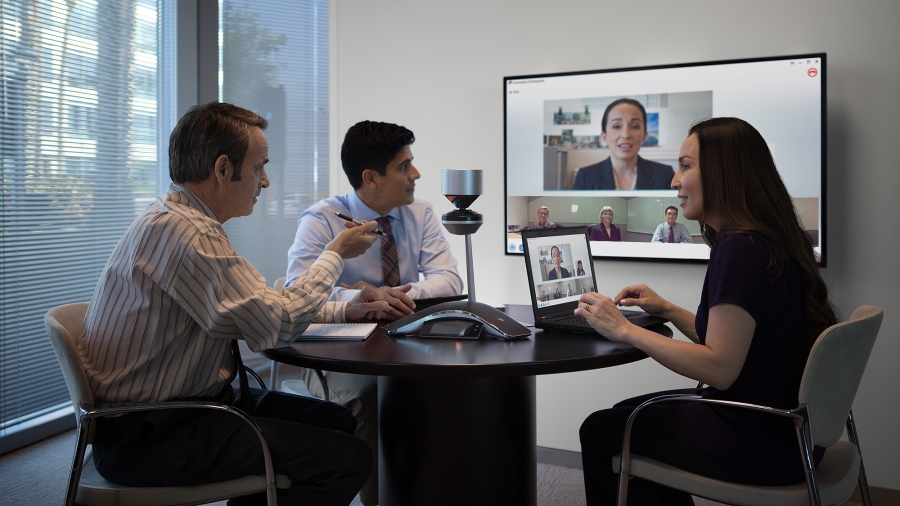How your workplace is about to change
The office of the futue

Is the office as we know it heading towards a slow extinction, or is it an opportunity for a new "frontier" of advancements in technology and social interaction?
The answer lies primarily in the latter.
Today's technology is rapidly shifting people's thinking on what constitutes a "workplace" as powerful tools built around voice, video and the ubiquity of broadband penetration enable innovations.
This is driving collaboration from anywhere, reducing time and capital spent on travel, and enabling (for better or worse) people remaining "on" and accessible for increasing amounts of time.
Modern expectations
Generations X (35-50) and Y (20-35) certainly have evolving expectations of what work, the office, and collaboration mean. Research conducted jointly by Avaya and BT earlier this year show that 56 percent of executives under 35 don't mind working in their own time as long as they can do personal things in work hours too.
Two in Three executives in this age group are frustrated with the technology available at work and 68 percent say that their working day would be significantly more productive if there were better ways of sharing information.
The legacy view of networks and technology in the modern workplace will certainly change as Generation Y (known as the millennials, a technology savvy and always-connected generation) makes up more and more of the workforce.
Are you a pro? Subscribe to our newsletter
Sign up to the TechRadar Pro newsletter to get all the top news, opinion, features and guidance your business needs to succeed!
After all, most of today's offices weren't built to absorb trends such as consumerisation of IT, BYOD (bring your own device), and BYOA (bring your own application).
Changes afoot
However, with the increase in the variety of intelligent communication and collaborative channels available to employees, work still has the opportunity to once again become somewhere you go, not just something you do.
Technologies such as the internet of things, which connects machines and objects with sensors to devices, are transforming our work habits, our business processes and even our physical office spaces. We'll soon start to see the emergence of smart offices that are actually self-aware, thanks to the numerous sensors embedded in them and connected to applications via wireless networks.
Imagine a smart workplace: the office building recognises who is coming in, what devices they are carrying, and their level of need for information and physical access. This awareness can translate to personal preferences for lighting, temperature and the type of room utilised.
Meetings can be automatically set up based the current project and who is onsite with applicable knowledge.
Reality, not fantasy
This may sound like a brainstorm from Wired magazine, but it's coming to an office near you. Analyst firm, Gartner recently predicted that we'll soon reach the point where it's cheaper to have a communications-enabled system than not.
I believe that this will be the tipping point after which we will see the take-up of smart technologies create a fundamental change in the way companies work – from new ways of developing technology, to better facilities management. Intelligent systems will lead to genuine collaboration and this in turn will go a long way to meeting the expectations of the millennial generation.
The mixture of sharing a physical space, combined with meaningful access to people in various locations across the globe, adds up to greater collaboration and more productive environments. That's a smart way to run an office, and an experience worth "coming in" for.
- Simon Culmer leads the Avaya business in the UK and Ireland and is responsible for ensuring that the company's global strategy is executed in the region.